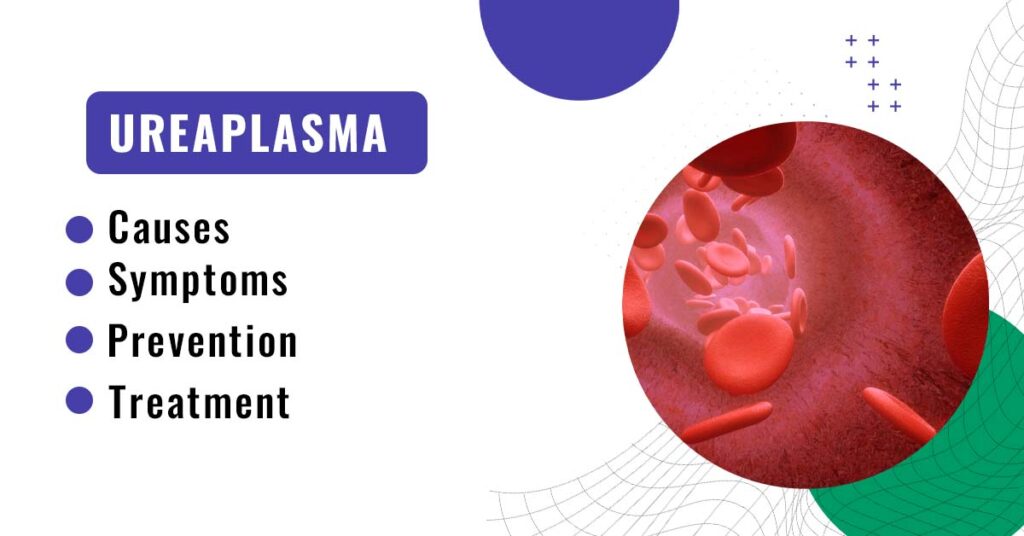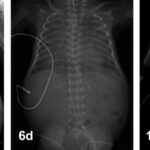Ureaplasma urealyticum infection is a sexually transmitted, opportunistic infection caused by Ureaplasma urealyticum, a species of the Mycoplasmataceae family. This microorganism lacks a cell wall, making it resistant to beta-lactam antibiotics and invisible on standard Gram stain. While often asymptomatic in healthy individuals, it can cause severe genitourinary and systemic complications in both men and women, especially when left untreated or in the presence of immune compromise.

Understanding Ureaplasma urealyticum: Microbiology and Transmission
Ureaplasma urealyticum is a facultative anaerobic organism known for its urea-splitting ability, which alters the pH of the surrounding environment. It primarily colonizes mucosal surfaces of the urogenital tract but may also disseminate to other systems under specific conditions.
Primary Modes of Transmission:
- Sexual Contact: The predominant route, including vaginal, oral, and anal intercourse
- Vertical Transmission: From mother to fetus during childbirth
- Urogenital Instrumentation: Rarely through contaminated medical devices
Ureaplasma urealyticum Symptoms in Men and Women
In Men:
- Urethritis (burning during urination, discharge)
- Epididymitis (testicular pain and swelling)
- Prostatitis (pelvic discomfort, urinary symptoms)
- Infertility due to sperm motility damage
In Women:
- Vaginitis (vaginal irritation or discharge)
- Cervicitis (mucopurulent cervical discharge)
- Endometritis and Pelvic Inflammatory Disease (PID)
- Infertility, miscarriage, or preterm labor
In both sexes, asymptomatic colonization is common. Symptoms typically appear in co-infections with other pathogens like Chlamydia trachomatis or Neisseria gonorrhoeae.
Complications of Untreated Ureaplasma urealyticum Infection
If not identified and properly treated, ureaplasma infection may result in significant morbidity.
Potential Complications:
- Chronic pelvic pain
- Infertility (due to inflammation of reproductive organs)
- Preterm birth or neonatal complications
- Reactive arthritis
- Ureaplasma bacteremia in immunocompromised patients
- Postpartum endometritis
Diagnostic Methods for Ureaplasma urealyticum
Diagnosis requires specific tests, as Ureaplasma does not grow on standard culture media and cannot be detected with routine stains.
Recommended Diagnostic Tests:
- Nucleic Acid Amplification Test (NAAT): Most sensitive and widely used
- PCR (Polymerase Chain Reaction): Allows species-level identification
- Culture in Urea-Enriched Media: Requires 48–72 hours; rarely performed in routine care
- Serological Testing: Generally unreliable due to poor sensitivity
- Urogenital Swabs or First-Catch Urine: Preferred specimen types
Early testing is essential, especially in symptomatic individuals or those at risk of infertility or pregnancy complications.
Treatment Guidelines for Ureaplasma urealyticum Infection
Owing to its lack of a cell wall, Ureaplasma urealyticum is inherently resistant to penicillins and cephalosporins. Treatment should target its ribosomal and DNA replication machinery.
First-Line Antibiotics:
- Doxycycline 100 mg orally twice daily for 7 days
- Azithromycin 1 g single dose or extended regimens (500 mg daily for 3–5 days)
- Levofloxacin or Moxifloxacin: Used in resistant cases or treatment failure
Partner Treatment: Simultaneous treatment of sexual partners is crucial to prevent reinfection.
Pregnancy Considerations: Macrolides are preferred; tetracyclines are contraindicated.
Prevention Strategies and Risk Reduction
Given its asymptomatic nature, prevention of Ureaplasma infection depends on education, safe sex practices, and timely screening.
Preventive Measures:
- Consistent and correct use of condoms
- Regular STI screenings for sexually active individuals
- Early treatment of sexual partners
- Prenatal screening for high-risk pregnancies
- Avoidance of unnecessary catheterization or instrumentation
Ureaplasma urealyticum in Special Populations
Neonates:
Vertical transmission may result in severe conditions such as:
- Neonatal pneumonia
- Meningitis
- Sepsis
- Bronchopulmonary dysplasia in premature infants
Immunocompromised Hosts:
In individuals with HIV, post-transplant patients, or those undergoing chemotherapy, Ureaplasma may cause:
- Disseminated infection
- Septic arthritis
- Multisystem involvement
Ureaplasma urealyticum vs. Other Urogenital Pathogens
| Pathogen | Gram Stain | Cell Wall | Primary Symptoms | Antibiotic Sensitivity |
|---|---|---|---|---|
| Ureaplasma urealyticum | Not visible | None | Urethritis, PID, infertility | Macrolides, tetracyclines |
| Chlamydia trachomatis | Intracellular | Yes | Mucopurulent cervicitis, urethritis | Macrolides, doxycycline |
| Neisseria gonorrhoeae | Gram-negative | Yes | Discharge, pelvic pain | Cephalosporins, azithromycin |
| Mycoplasma genitalium | Not visible | None | Urethritis, cervicitis | Moxifloxacin, azithromycin |
Prognosis and Follow-Up
When promptly treated, ureaplasma infections have a favorable prognosis. Follow-up testing is not routinely required for asymptomatic individuals after standard therapy. However, in the event of treatment failure or recurrent symptoms, repeat testing and antibiotic susceptibility testing may be indicated.
Ureaplasma urealyticum infection, though often underdiagnosed due to its silent colonization and non-specific symptoms, represents a clinically relevant pathogen in urogenital health. With proper identification through molecular diagnostics and effective treatment using targeted antibiotics, most infections can be resolved without long-term sequelae. Given its implications in reproductive health and neonatal outcomes, awareness and proactive screening remain critical in managing its impact.

